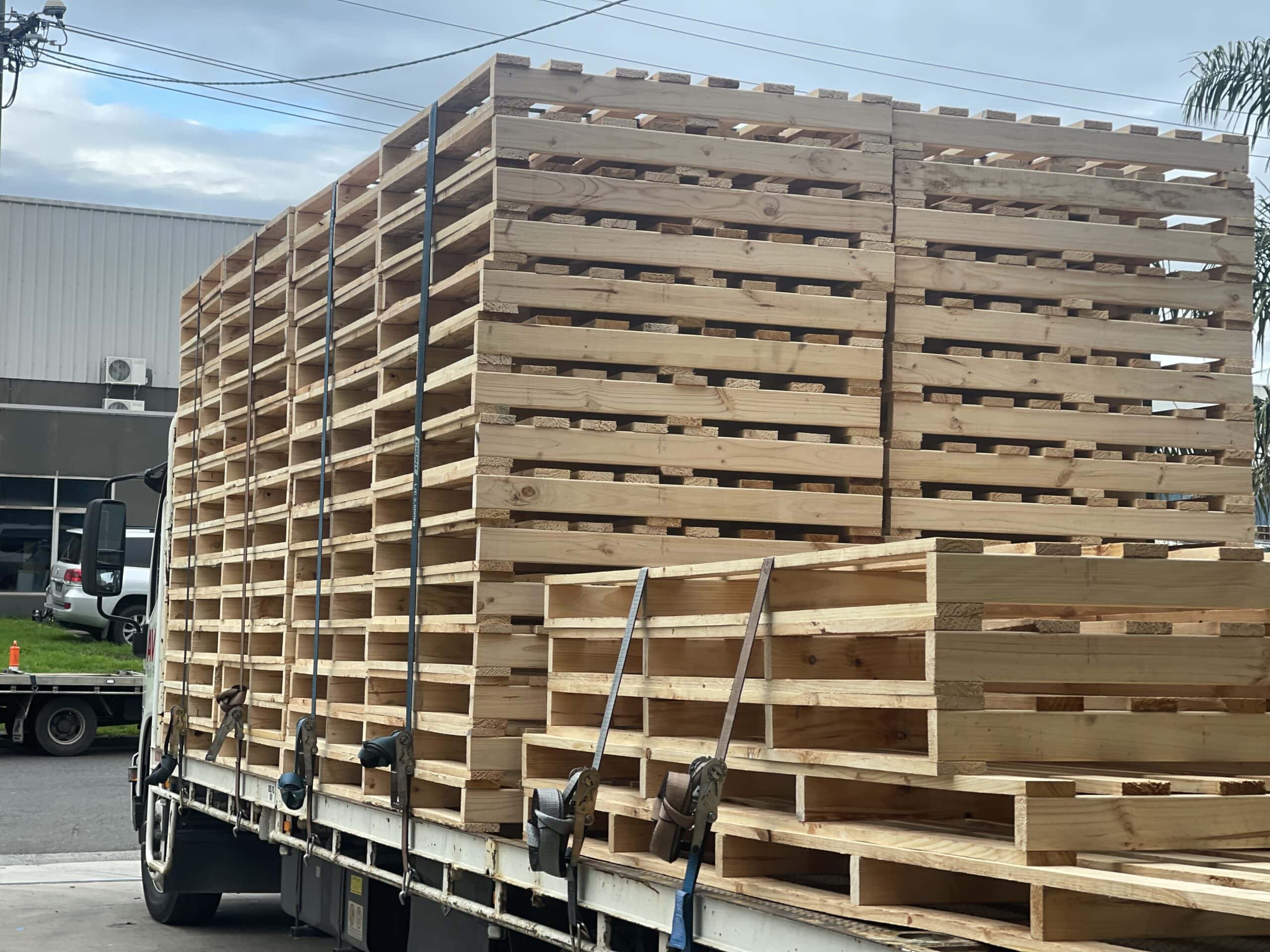In the field of storage and logistics, the importance of these platforms cannot be undervalued. These essential platforms serve as the basis for holding and moving goods, playing a crucial role in preserving the quality of products. From edibles to devices, the way of holding directly impacts the state of the goods, making these essential platforms a vital component in logistical operations.
Well designed and utilized platforms provide a stable and secure means of managing and stacking products. They allow for effective use of room in warehouses while guaranteeing that products are kept off the ground, reducing the risk of pollution, damage, and degradation. By comprehending the importance of these platforms, companies can enhance their storage strategies and sustain the quality of their inventory throughout the storage process.
Categories of Pallets

Warehouse pallets are essential instruments in storage facilities, and they are available in multiple forms, each crafted to meet distinct holding requirements. The most common form is the wood platform, preferred for its robustness and weight-bearing capacity. Timber pallets are often recycled and can be conveniently fixed, making them a budget-friendly choice for various storage operations. They are also versatile, accommodating diverse uses from hands-on handling to tech-driven systems.
Polymer platforms have achieved acceptance due to their low-weight nature and tolerance to mildew, insects, and substances. These pallets are ideal for industries that work with food and pharmaceuticals, where cleanliness is paramount. Polymer platforms are generally simpler to clean and can be designed for intended uses, such as fitting together or placing, which helps to optimize warehouse area when not in use. Their lifespan also contributes to a more eco-friendly warehousing approach.
Metal platforms, commonly made from metal or alloy, are the strongest alternative available. They are typically used in environments that require robust support, such as car or industrial sectors. Steel pallets are durable to severe heat and harsh conditions, making them fit for both indoor and outdoor use. Their strength allows them to handle heavy weight weights, providing the reliable holding and movement of significant goods.
Perks of Utilizing Pallets
Utilizing pallets for warehousing and transportation substantially enhances the safeguarding of goods. Pallets provide a stable base, reducing the chances of damage during handling and movement. This stability is crucial, particularly for delicate items, as it lessens the risks associated with stacking and enables easier access. Properly fastened loads on pallets also guarantee that products stay in prime condition throughout their warehouse journey.
Pallets are critical in enhancing storage space within warehouses. They allow for vertical stacking, which enables warehouses to take advantage of height effectively and amplify storage capacity. This effective use of space not only optimizes operational efficiency but also results in a tidy environment where goods are quick to locate and retrieve. Such structure is essential in preserving product quality and ensuring timely distribution.
Additionally, pallets assist in better inventory management. They make easier easier tracking of goods as items can be grouped or sorted based on their palletization. Tulsa leads to better visibility of stock levels and more rapid response times in completing orders. Effective inventory management backed by pallets ultimately helps in reducing waste and spoilage, ensuring that products are preserved in their ideal condition until they reach their ultimate.
Optimal Techniques for Pallets Oversight
Optimal pallet management begins with adopting a thorough checking process. Consistent checks for damage and wear are crucial to confirm that all pallets are in excellent condition before they are used for holding or transport. This not only aids maintain the quality of the goods stored on them but also minimizes the chance of accidents and losses that can occur from using faulty pallets. Workers should be trained to identify issues such as cracks, shards, or significant wear.
A further crucial aspect of pallet management is the arrangement and appropriate storage of pallets. Pallets should be piled and stored in a way that maximizes space while allowing for simple access and maneuverability. This system should also categorize pallets based on size and type to make easier the loading and unloading processes. Adopting a FIFO system ensures that older pallets are used before more recent ones, lowering warehousing costs and minimizing the risk of damage from extended storage.
In conclusion, it is vital to establish a tracking and inventory system for overseeing pallets. Using technology, such as pallet tracking software, can deliver real-time data on pallet usage and movement. This lowers the risk of pallet loss and helps maintain an appropriate inventory level. Routine audits of pallet inventory can also help in identifying patterns of loss or damage, allowing for preventive measures to be taken to protect the integrity of goods throughout the storage process.
